

I wanted to see Petra because, well, it's Petra! Many people I know who teach in the Middle East describe it as this magical experience walking into the narrow gorge called the Siq and being spit out at the end with a dramatic view of the 1st century BC Treasury. Little did I know there is SO much more to Petra than this facade made famous by the Indiana Jones movie. Petra has been a UNESCO world heritage site since 1985 and in 2007 was listed as one of the new Seven Wonders of the World. In almost freezing temperatures and fewer than normal number of visitors, I enjoyed all 20km and 35,000 steps (says my Garmin fit watch) of the valley and views of the Shara Mountains.
Ah, the rose-red city appears at the end of the gorge. Such a beautiful entrance to this ancient city that is literally carved into the red sandstone desert cliffs. The way the light filters through the tall canyon, reflecting the colors of the rocks. The way the gusts of wind come around corners like they’re being chased by a giant boulder from Indiana Jones. The thunderous sound of the horse hooves pulling chariots that, as they approach, you aren’t sure which way they are coming from until they are nearly upon you and you’re leaping out of the way to let them pass. The prevalence of rock paintings and aqueducts fixed high on the walls by an ancient civilization. It is alive with history. And then, when you’re so engrossed in the Siq itself and nearly forget why you’re there, the great facade of the Treasury begins to reveal itself at the end of the canyon.
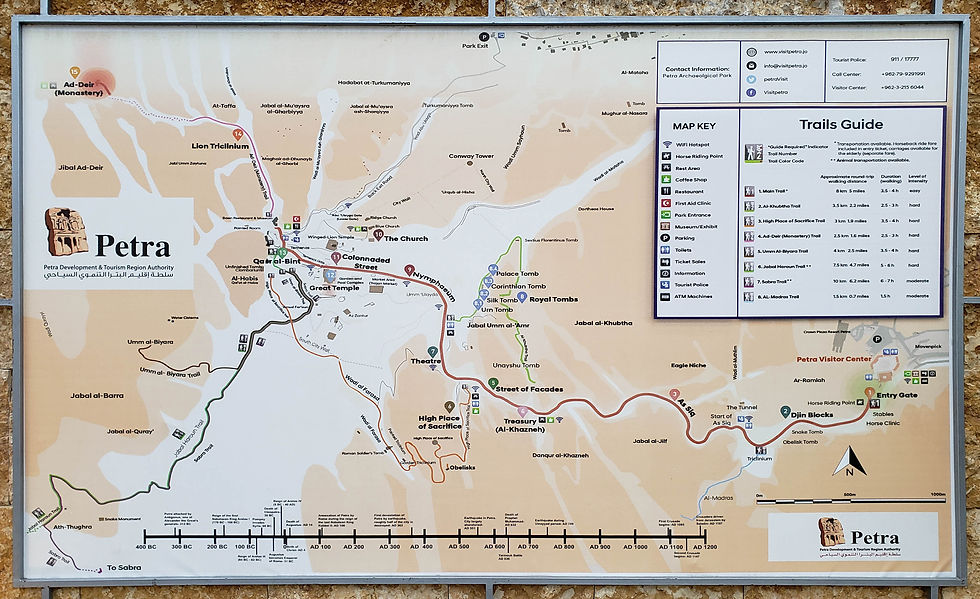
I met my bedouin brother, Acron, perched high above the Treasury. He offered a glass of tea and we sat and talked for a bit so I could learn more about his life in the valley. Note the eyeliner around Acron's face? The bedouins make kohl, an eye-liner powder substance made from coal, olive oil, and herbs, and they apply it to their eyes using a small metal rod. They use it for four reasons: 1) to keep dust out of their eyes, 2) to reflect sunlight in the bright desert, 3) to clean dust out of their eyes, 4) to make their eyelashes grow, which further keeps dust out of the eyes. I enjoyed my time with Acron, but was soon to learn just about EVERY bedou local wants to share a cup of tea, offer you a donkey ride, or sell you something. I ended up having multiple encounters with the bedouins and each and every one was memorable in a very positive way, given that I was happy to give them a Dinar or two for their hospitality. 1 USD = 1.41 Jordanian Dinar.
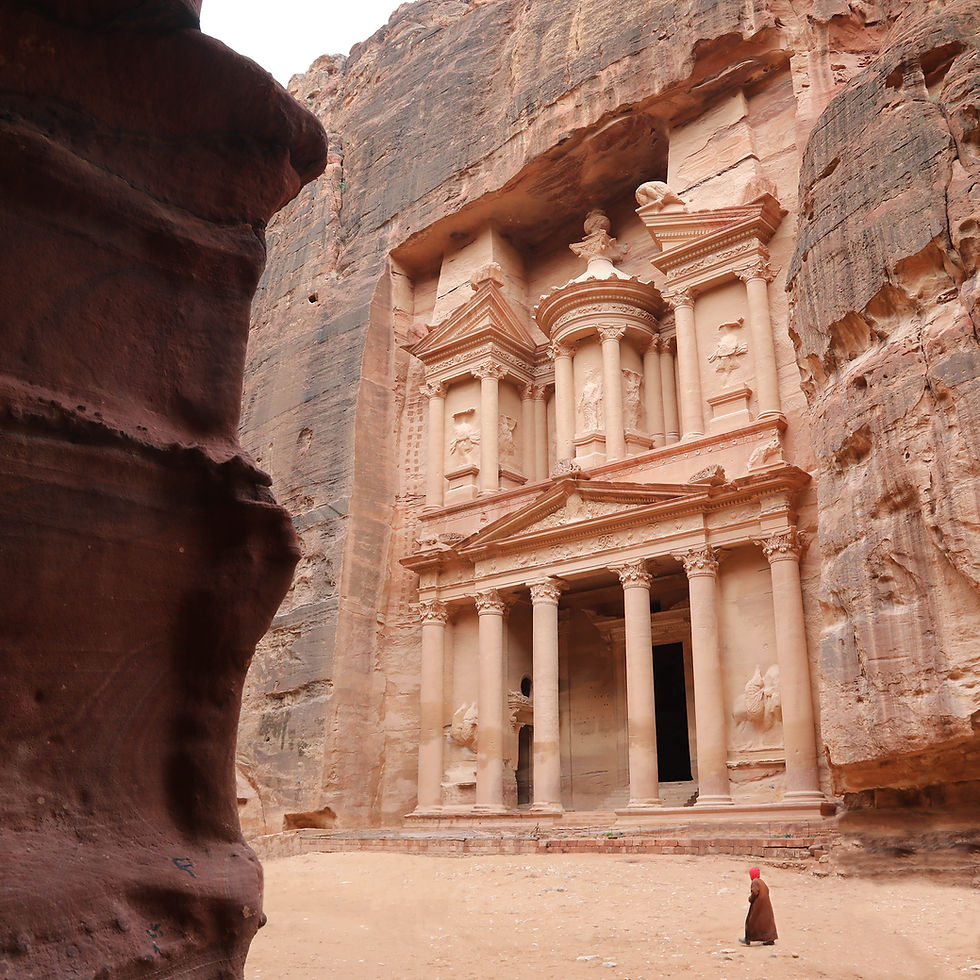
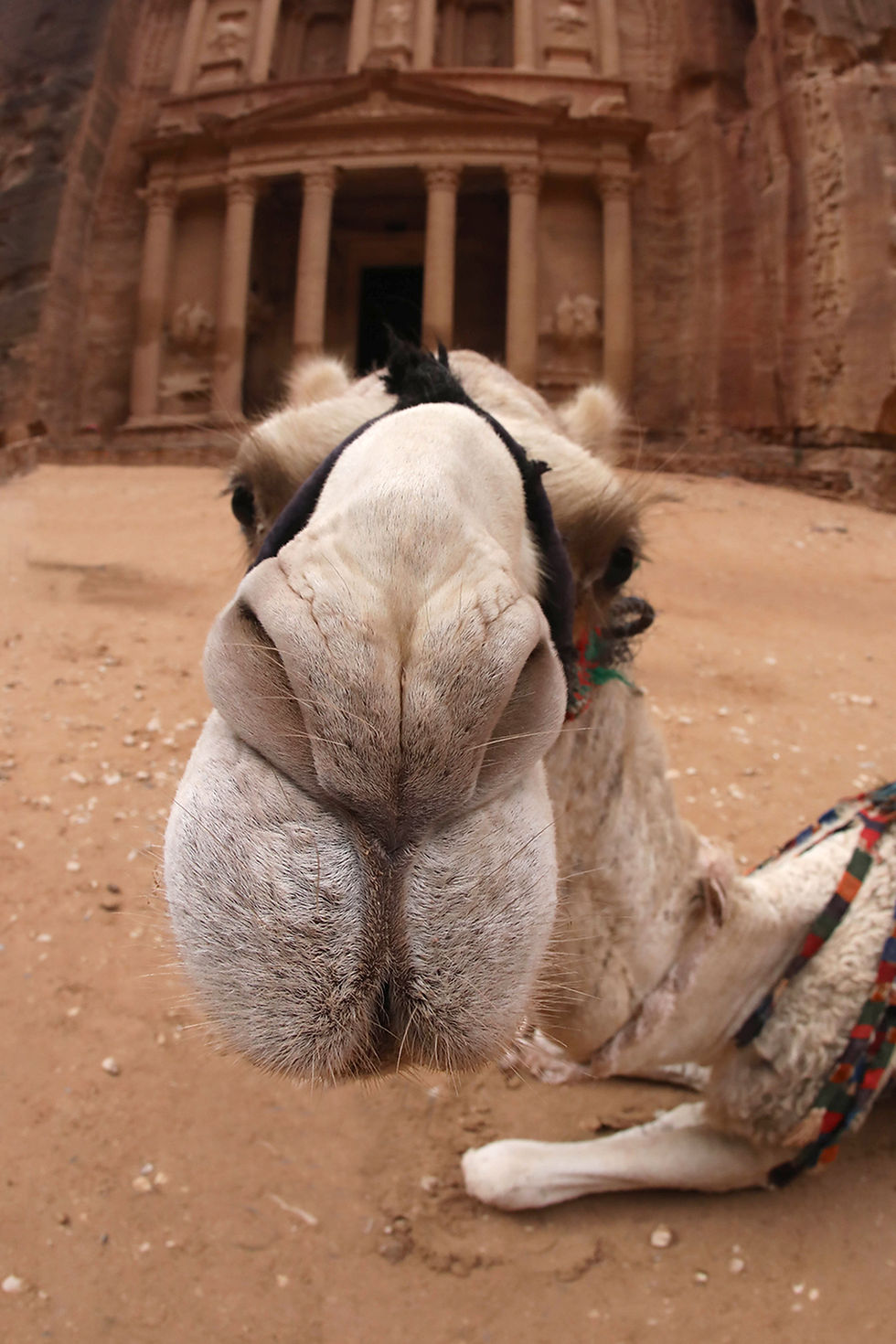
As desert dwellers, the Nabateans had long struggled during seasons in which rainfall in the region was limited. When the tribe built Petra, though, they developed a unique system of conduits, dams and cisterns to harvest, store and distribute rainwater for year-round use. Remains of these structures can be seen throughout the valley, but especially in the Siq.
At certain times of year, the area around the city was prone to flooding. However, the Nabateans were able to effectively control these floods using dams and, therefore, the city’s water supply. This meant that they could reside in the city even during periods of drought. It also improved the crop yields of Nabatean farmers.
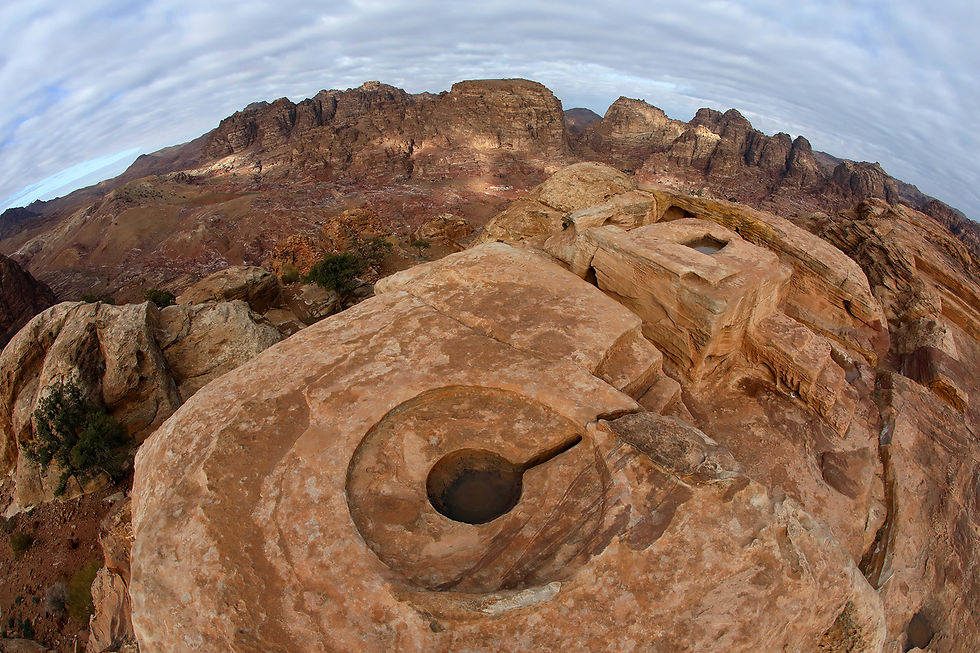
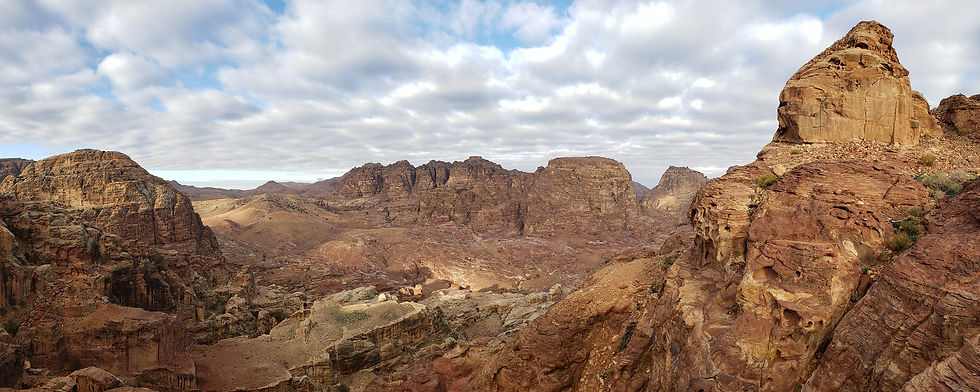
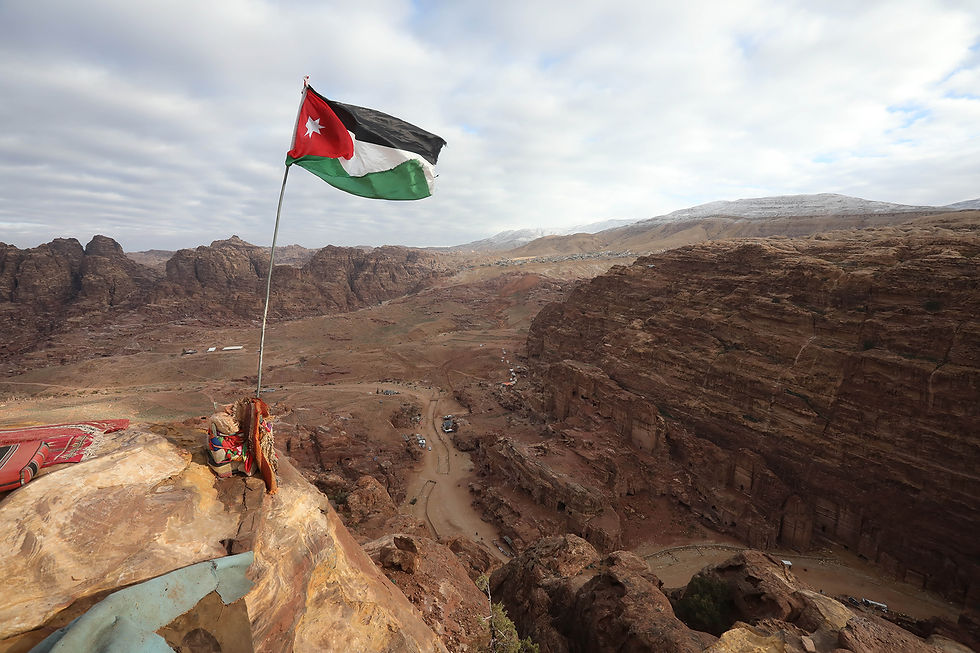
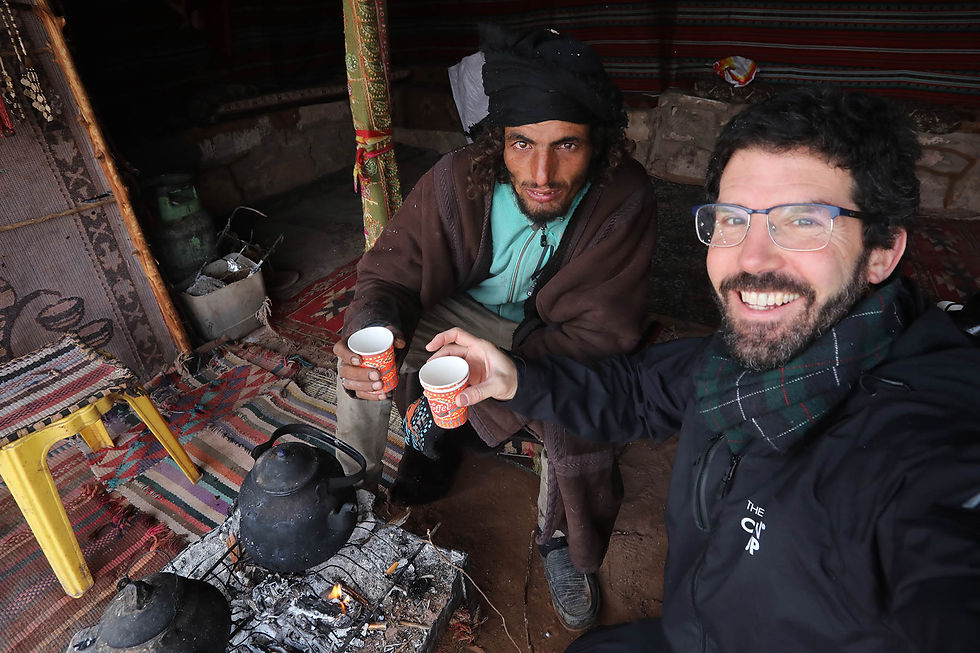
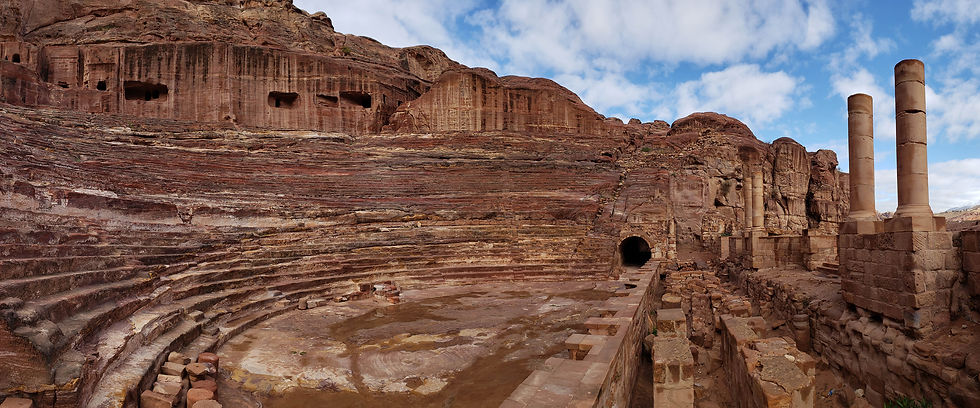
Pictured above is the only theatre in the world carved into the rock. It has a seating capacity of 4000 spectators. The theatre consists of three rows of seats separated by passageways. Seven stairways ascend the auditorium. The back wall of the stage was rebuilt by the Romans.
It is not known precisely when Petra was built, but the city began to prosper as the capital of the Nabataean Empire from the 1st Century BC, which grew rich through trade in frankincense, myrrh, and spices. Petra was later annexed to the Roman Empire and continued to thrive until a large earthquake in 363 AD destroyed much of the city. The earthquake combined with changes in trade routes, eventually led to the downfall of the city which was ultimately abandoned. By the middle of the week 7th century Petra appears to have been largely deserted and was lost to all except local bedouin from the area.
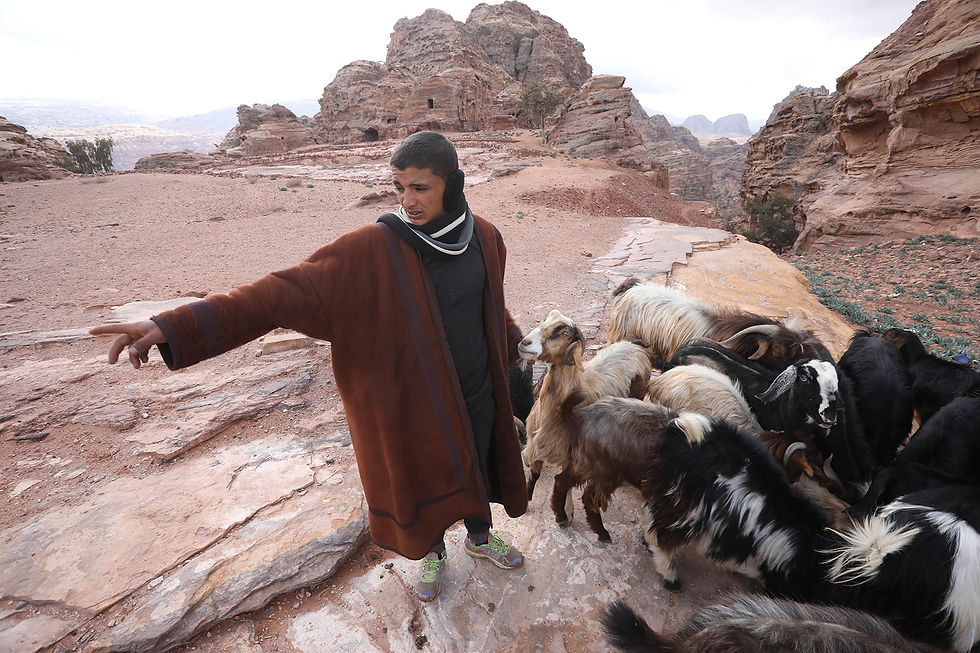
In 1812 a Swiss explorer named Johannes Burckhardt re-dicovered Petra. As history notes, Burckhardt was intrigued by a previous explorer who was murdered on his search in Arabia for the lost city. Burckhardt went to great extremes studying the Koran and Muslim law and learning Arabic to pass himself off as a Muslim. He called himself Sheikh Ibrahim Ibn Abdallah and paying for protection from local sheikhs he travelled about in Syria, Lebanon and Palestine. On his way south from Nazareth to Cairo, with a group of traders and some sheep and goats, he heard from local people about ruins in a narrow mountain valley off the road through the desert, near the supposed tomb of Aaron, the brother of Moses. Saying he wanted to sacrifice a goat to Aaron, Burckhardt hired a local guide to lead him to the ruins, where he marveled at the superb ancient tombs and the remains of the Roman temple. He was convinced it was Petra, but could not linger because he was afraid of being unmasked as an infidel searching for lost treasure and almost certainly attacked. He duly sacrificed the goat to Aaron and that night went back to rejoin the road to Cairo. Burckhardt was 27 years of age when he found Petra. He died of dysentery in Cairo in 1817, when he was only 32.
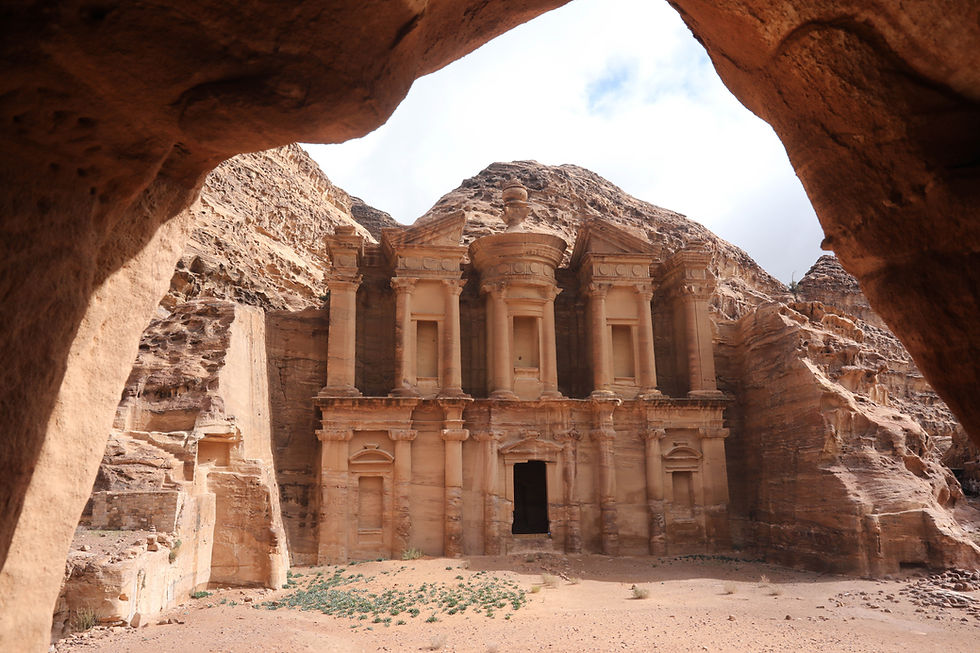
The Monastery is one of the largest monuments in Petra. It dates to the early 2nd century AD during the reign of King Rabel II. The interior is occupied by two side benches and an alter against the rear wall. The space was used by as a meeting space for religious associations.
Indeed, I hiked 20km to see it all in a day. I was exhausted, but knew I had planned something special for the evening. About 10km out of town, as I drove through the winding hills, I came upon the Bubble Luxotel. I imagined sitting in my bubble room looking out at a gorgeous evening sky and if lucky, the Milky Way. I was looking forward to jumping into the private jacuzzi tub that is attached to each bubble. However, if I've learned one thing on my sabbatical tour it's that nature does not always cooperate. Was I in for a surprise the next morning!!!
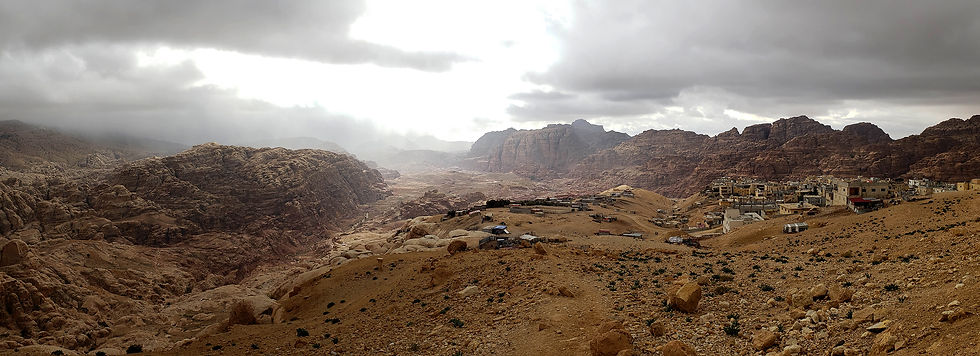
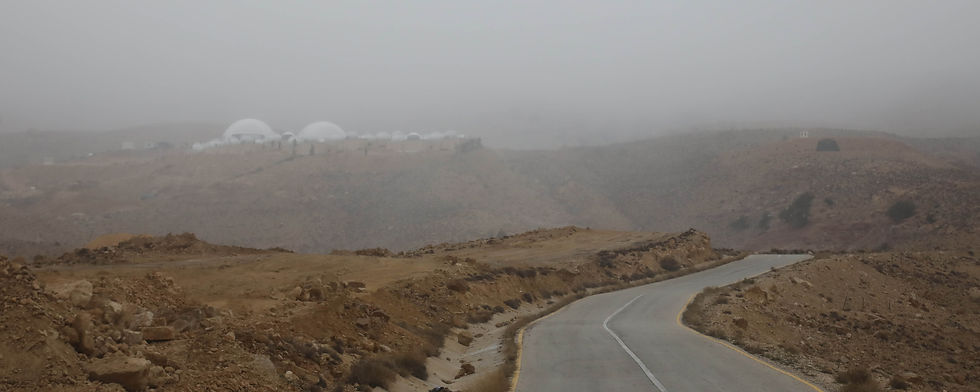

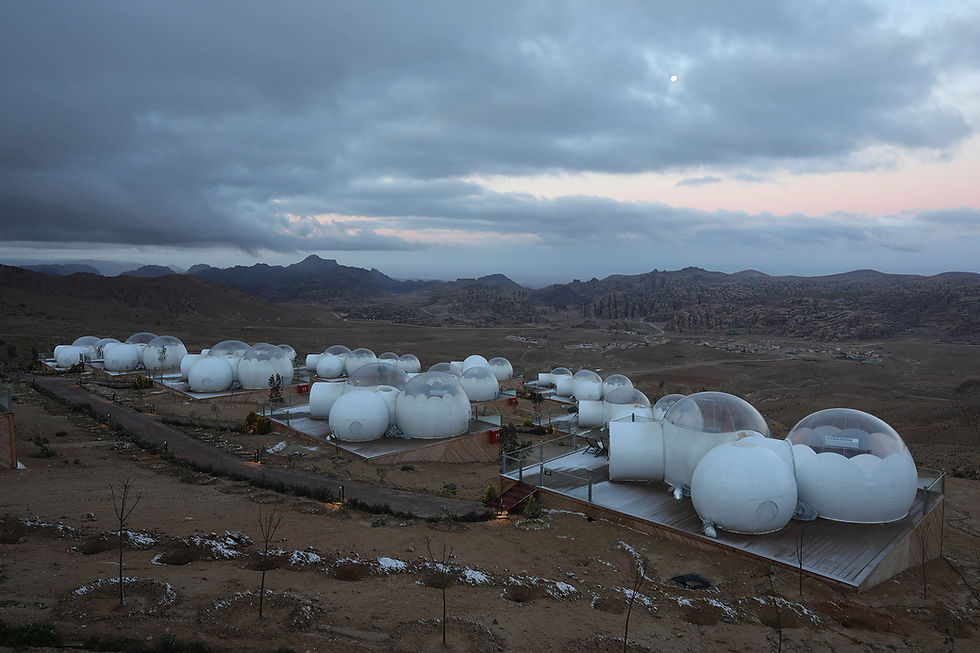
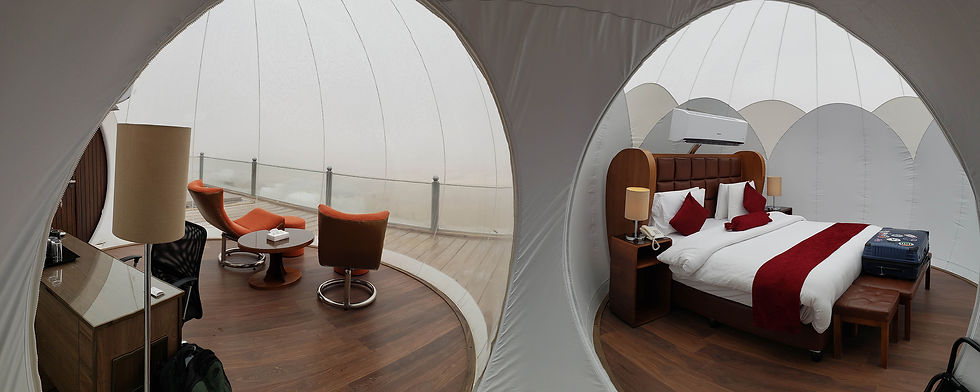
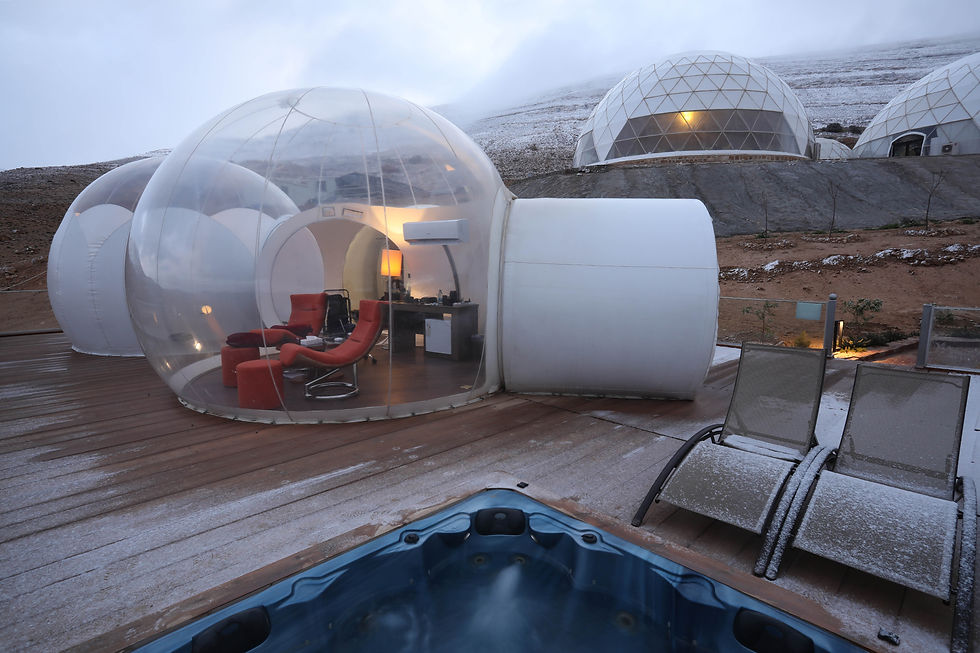
It was definitely a cold and cloudy night and the next morning I woke up to snow in the hills, making my drive and a visit to my friend Paula Peters at the American Community School in Amman very challenging, but absolutely beautiful. Driving in Jordan was not easy, but I was so happy to have my own car and to be able to stop every few meters to use my camera to see this frozen landscape.
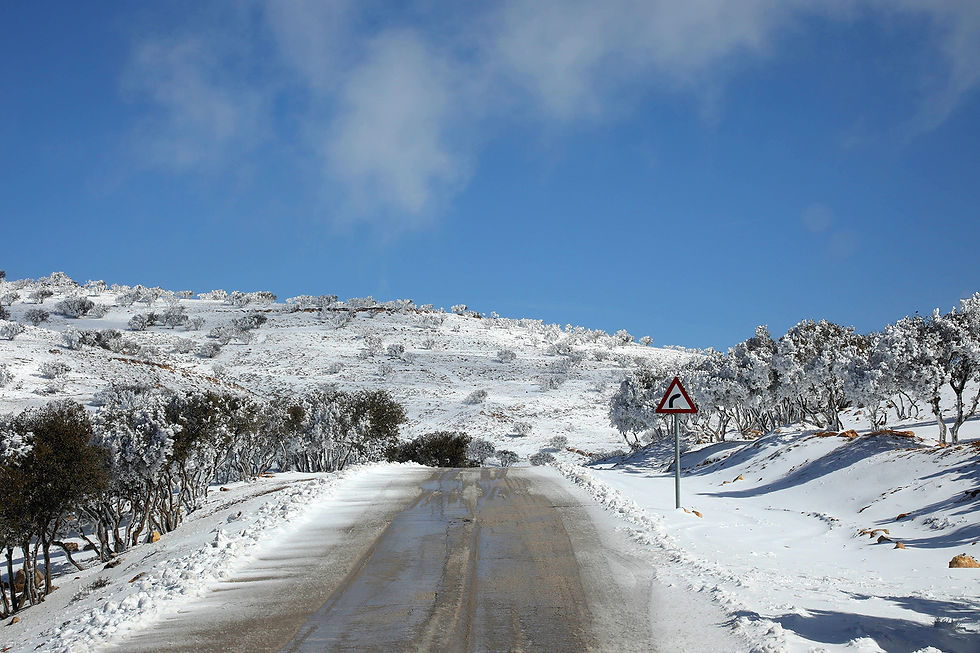
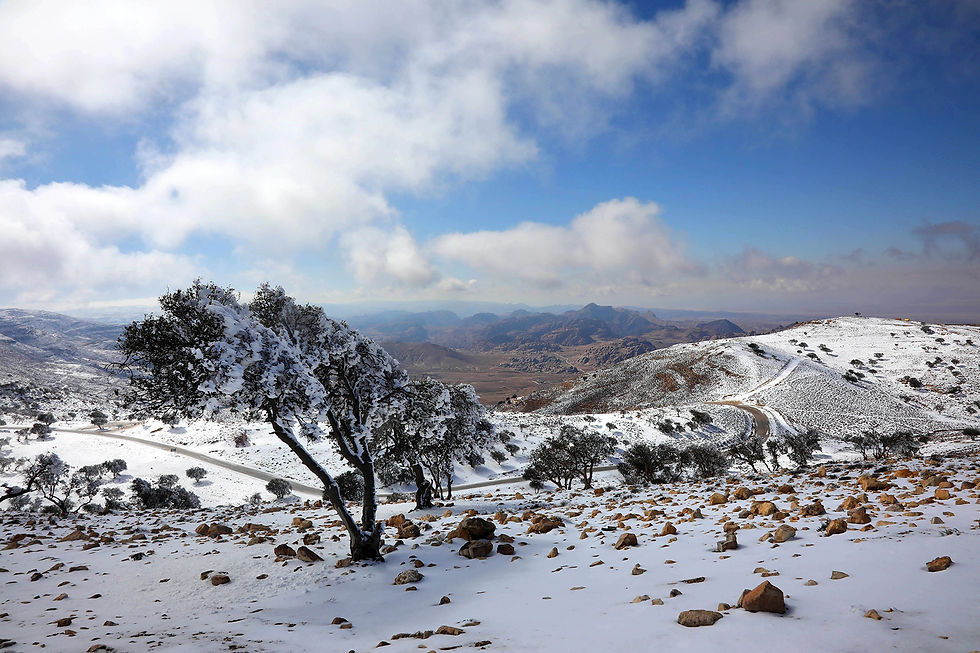
I pictured Petra as a vast, hot, desert oasis. While it may get chilly in the winter, snow is a rarity. It was fun seeing families stopped along the side of the mountaintop taking pictures and gawking at the winter wonderland.







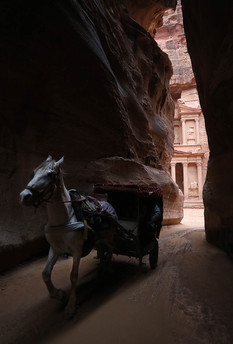












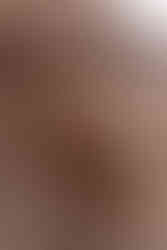










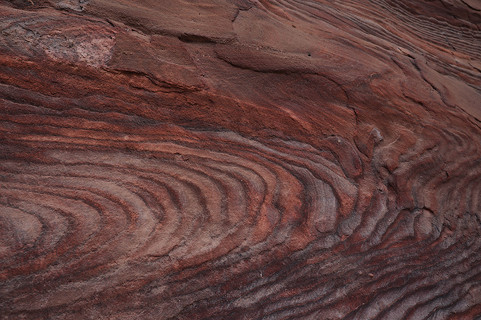








































Find snacks on ARMS KING Snacks portal